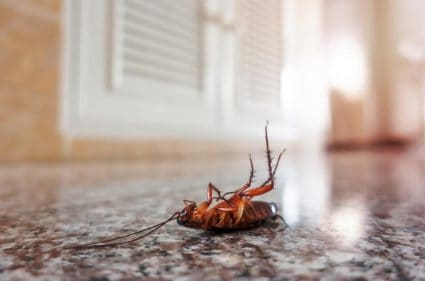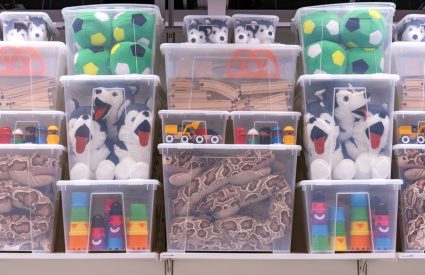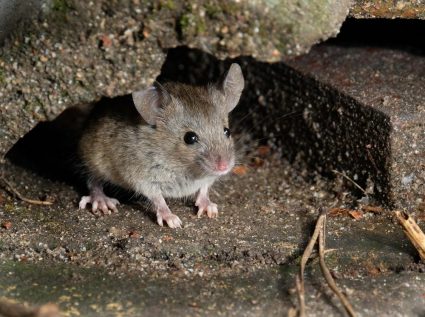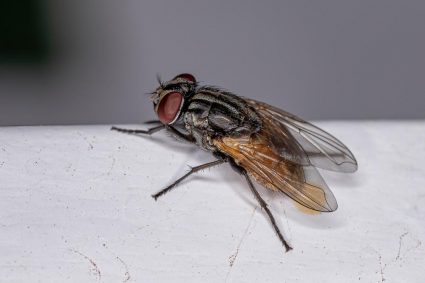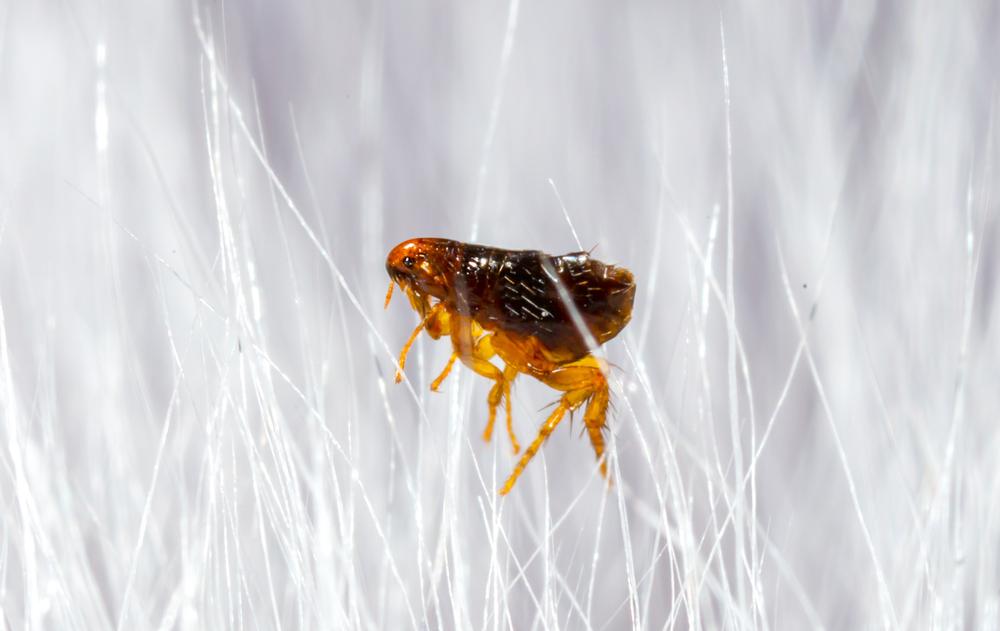
Fleas are notorious pests, causing discomfort and health issues for pets and humans. But when do these bothersome critters pack their bags and retreat? The answer is not as straightforward as one might think. This article will explore when fleas become less active or go away and how temperature, humidity, and your pet’s environment can affect flea populations.
Fleas do not completely go away in any season, but they are less active during colder months. They thrive in warm temperatures and are most active from early spring until late fall. However, fleas can survive all year round in warmer climates or indoors, in hiding spots like attics, floorboards, and furniture. Therefore, it’s crucial to maintain flea prevention measures all year round.
Understanding Flea Season
Fleas do not completely disappear during any season. However, their activity decreases during colder months. Flea season typically starts in early spring and lasts until late fall, depending on the region. Fleas thrive in warm temperatures, and while adult fleas may struggle to survive harsh winters, their eggs, pupae, and larvae can survive all year in hiding spots like attics, floorboards, and furniture. In warmer climates, fleas can be prevalent all year long.
Flea Life Cycle and Seasonal Activity
The life cycle of fleas consists of four stages: egg, larva, pupa, and adult. The entire life cycle can last anywhere from a couple of weeks to several months, depending on environmental conditions such as temperature and humidity. Fleas are most active during early spring, summer, and fall, but their eggs, pupae, and larvae can survive throughout the year, making them a persistent issue for pets and their owners.
Factors Affecting Flea Activity
Several factors and conditions affect the activity level of fleas:
- Temperature: Fleas thrive in warm environments, and their development speed depends on temperature. Higher temperatures may increase the number of generations, while colder temperatures and higher humidity can affect the longevity of fleas in the absence of available hosts.
- Humidity: Fleas are more active and reproduce more quickly in environments with higher humidity levels. They also thrive in humid conditions, such as those created by spring rain, which provides moisture and shelter in growing, rain-fed grass and plants.
- Host availability: Fleas depend on hosts for survival, and their activity level is influenced by the presence of suitable hosts, such as pets and wildlife. Host grooming can also be a significant mortality factor for fleas.
- Environmental conditions: Flea larvae and pupae live within the living environment of animals, and their development is affected by factors such as temperature, rainfall, and relative humidity. Fleas can survive indoors during winter and outdoors in marginal environments.
- Sanitary conditions: Poor sanitary conditions or personal hygiene can increase the risk of flea infestations. Flea infestations can also occur in areas where pets spend a considerable amount of time, creating “hot spots” that require special attention.
- Microclimatic factors: Evapotranspiration, summer temperature, and precipitation are environmental factors that can predict flea distribution patterns.
To control flea activity, it is essential to treat infested pets and their environment, including indoor and outdoor areas where flea breeding occurs. This may involve washing pet bedding, vacuuming resting and sleeping areas, and using appropriate flea control products on pets and in the environment.
Fleas and Climate
Fleas are more prevalent year-round in regions with warmer and more humid climates. In colder climates, fleas may be less active during the winter months, but they can still survive indoors or on warm-bodied hosts. Hot and dry climates are less conducive for fleas and ticks year-round, while regions with colder winter seasons experience a respite from dealing with these pests for a few months during the year.
Flea Control: Best Practices
To control fleas as seasons change, you can take several preventive measures:
- Year-round flea and tick preventive medication: Consult your veterinarian for the best medication suitable for your pet.
- Regular grooming and cleaning: Bathe your pet regularly and use a flea comb to remove fleas, flea eggs, and flea dirt.
- Topical or oral treatments: Use flea shampoos, sprays, powders, or oral treatments as recommended by your veterinarian.
- Clean your home: Vacuum carpets, rugs, and upholstery frequently, and wash pet bedding regularly.
- Use natural remedies: Some essential oils like citronella, eucalyptus, peppermint, tea tree, and rosemary can help repel fleas. Diatomaceous earth can also be used to kill fleas by dehydrating them.
- Maintain your yard: Keep your lawn well-trimmed and avoid tall grass or heavily wooded areas where fleas and ticks thrive.
- Flea-repelling plants: Plant flea-repelling plants like spearmint, chrysanthemums, lavender, and pennyroyal in your garden.
- Check for fleas and ticks: Regularly inspect your pet for fleas and ticks after spending time outdoors.
- Use preventive products: Consider using spot-on treatments, oral medications, collars, or shampoos specifically designed to repel and kill fleas and ticks.
Remember that flea control requires a comprehensive approach, including treating your pet, other pets in the household, and your home and yard. Consult your veterinarian for the most suitable flea prevention plan for your pet.
In conclusion, while the activity of fleas does decrease in certain seasons, they never truly go away. It’s important to stay vigilant and maintain preventive measures all year round to protect your pets and homes from these pesky parasites.
Frequently Asked Questions
What are the health risks associated with fleas?
Fleas can carry and transmit several potential illnesses of importance to humans, including flea-borne typhus and tularemia. They can also transmit tapeworms and cause allergic reactions in pets and humans.
Can fleas survive on human hair?
While fleas can temporarily latch onto humans, they cannot survive on human hair in the long term. They prefer to live on furry animals like cats and dogs.
How long can fleas live without a host?
Adult fleas can live for a few days to a week without a host under ideal conditions. However, flea larvae and pupae can survive for several months without a host.
Are some breeds or types of pets more susceptible to fleas than others?
No, all breeds and types of pets are susceptible to fleas. However, outdoor pets or those in contact with wildlife have a higher risk of getting infested.
Can fleas live in clothes?
Fleas can hitch a ride on clothes, but they cannot survive on them for long. They prefer to live and breed in carpeting, bedding, and upholstery where they can easily access a host.
How do I know if my pet has fleas?
Signs that your pet might have fleas include excessive scratching or biting at the skin, hair loss, red or irritated skin, and the presence of small black or reddish-brown specks on your pet’s coat or bedding (flea feces or “flea dirt”).

